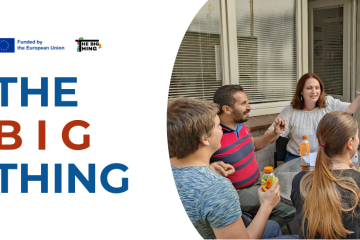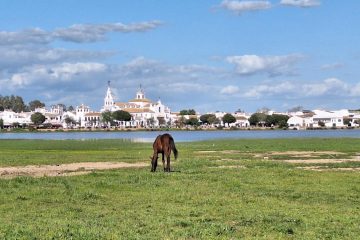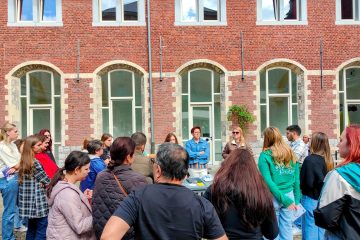by Ivan Karastoyanov
The Regional Historical Museum (RHM) in Dobrich – a municipal center in the Northeastern region and the tenth largest city in Bulgaria – has developed and is about to test three accessible tours for blind and partially sighted visitors. The work on these three urban routes was carried out as part of the Museum’s cooperation for innovation and the exchange of good practices with four other NGOs – The Mediterranean Association for Local Development in Bari and Tiflo technical center in Lecce, both in Italy, Association Las Ninas del Tul in Granada, Spain, and the cultural Association ACPELIA in Cyprus. The Erasmus+ Strategic Partnership for youth project is a 2-year, € 149 414 international initiative, entitled Another Way and registered under No. 2019–IT03–KA205–016466. The project itself has three distinct stages. During the first one, information about the Italian methodology to be used and educational materials in four key areas – Neuropsychology, Ethics, Accessibility and Tourism – were shared with the four national teams in electronic format. In other words, a training course for forty youth workers – 10 participants from each country – was performed remotely. During the second stage, the team in each country had to develop 3 VI accessible city tours on different topics. The specialists, working at the RHM in Dobrich, chose theatre, grain and crafts. There are 4 stops in each of them.
The theatre route begins at the house of Adriana Budevska, who studied the art of theatre in Moscow and then returned to Sofia and married Hristo Ganchev, regarded as one of the fathers of the professional theatre in Bulgaria. A mini model of the house in approximately correct proportions was produced for the blind and partially sighted. The second stop along the route is by the building of the Yordan Yovkov Dramatic Theater. Even though Yordan Yovkov was not born in Dobrich, he had a significant contribution in presenting and preserving the field workers’ daily living through his famous collections of short stories. The other stop is by the city lapidarium – an open space similar to a Roman amphitheatre exhibiting stone archeological findings such as statues, columns, carvings and writings and fragments of them. Visitors will use paper masks like emoticons to present an emotion they feel at the moment in an artistic way of their choice there. The route ends at the House-museum of Yordan Yovkov where a part of a radio adaptation of Albena, one of the most popular dramatic literary works of the writer, will be played for the visitors.
The second route is focused on the cult toward grain as a source of life. It begins by yet another lapidarium in the city, this one exhibiting large earthenware for grain-keeping called pitos. The second stop is at the Art Gallery, where there is an exhibition hall with many topic-related paintings and sculptures. The hall is entitled The Gold of Dobrudzha, due to grain’s color similarity with gold, and Dobrudzha is a geographical term and the popular name for the Northeastern region of Bulgaria. Then, the third stop is by a special reproduction of an ancient fireplace for bread baking and a nearby bakery for traditional small and round breads with a hole in the centre. The route ends by an old stone water fountain with the rather unusual shape of a kobilitsa – two water pots, connected by a wooden stick for easier carrying over the shoulder, used in the past.
The third route follows the so called Street of crafts in the old part of Dobrich. The place offers a rich variety of opportunities for gaining an insight of the retro urban environment by means of the other four senses – hearing, smell, touch and taste. There are works of art made of wood, clay, embroidered traditional clothing, typical food and drinks by old family recipes, organic fruits, vegetables, nuts, wine, honey and many other goods available in the small workshops.
The routes’ testing is set to begin on November 15. Upon its completion, these three routes will be provided to the Italian NGO for publication in an electronic edition along nine more – three from each of the other three countries, involved in the project. That’s the third and final stage of this strategic partnership, extended for a period of six additional months until February 2022 due to the pandemic.
Desislava Hristova. an archeologist at the RHM in Dobrich and the project coordinator for Bulgaria, worked closely with Boyan Michev, a blind participant from the Black Sea town of Balchik and a well-known VIEWS International activist, in developing the theatre route. A separate interview with both of them via phone and Microsoft Teams, followed by an Internet-based desk research, served me as the main source of information for drafting this text. Hopefully, it would be useful or at least interesting for the regular VIEWS News readers, especially those in Germany and Turkey.


